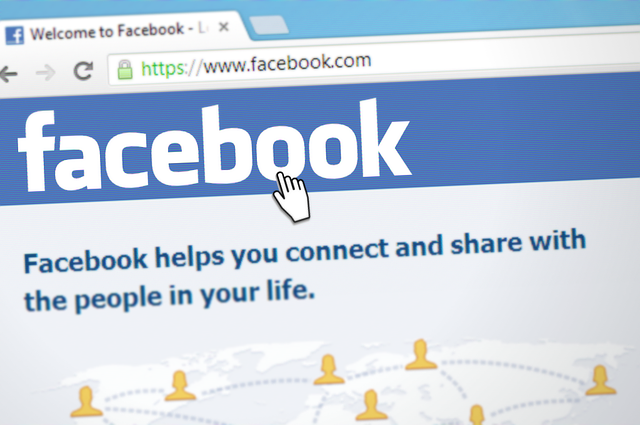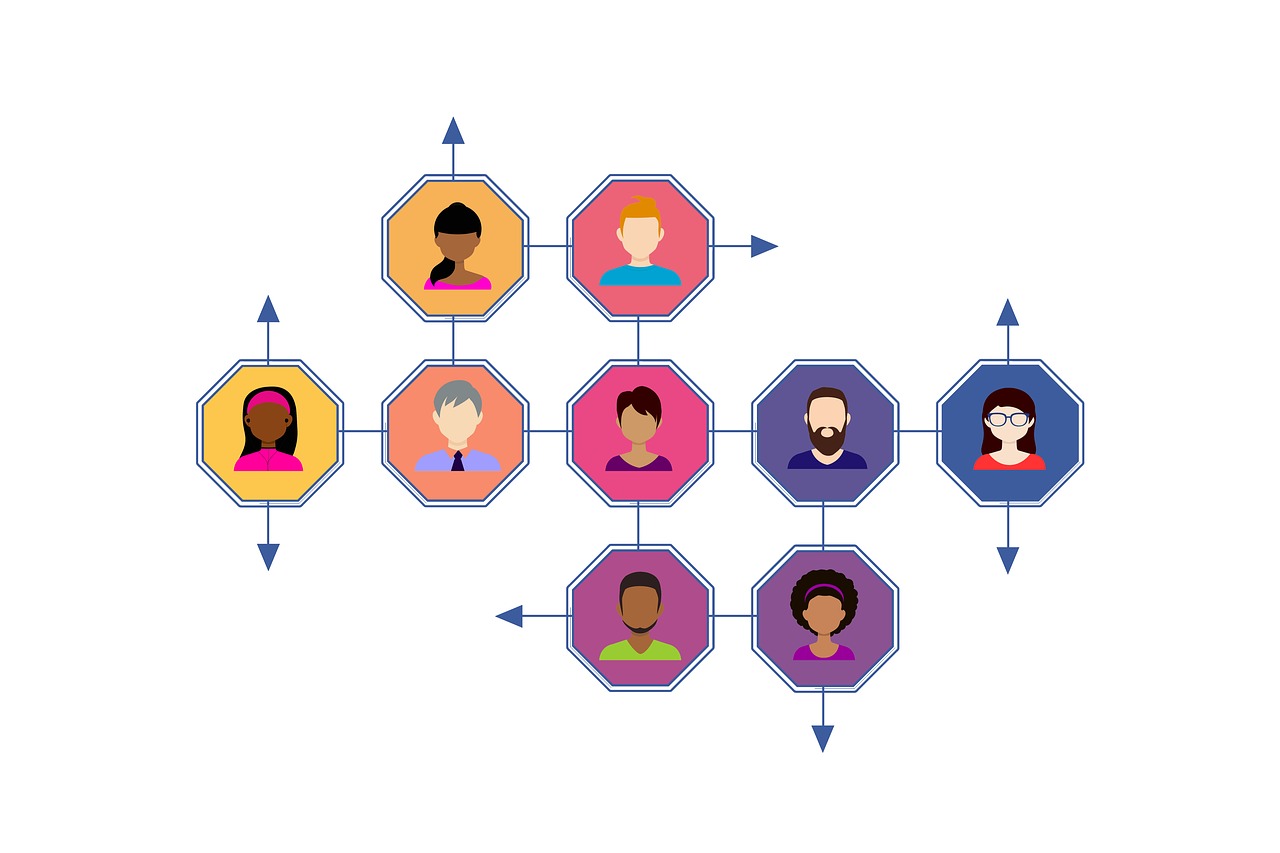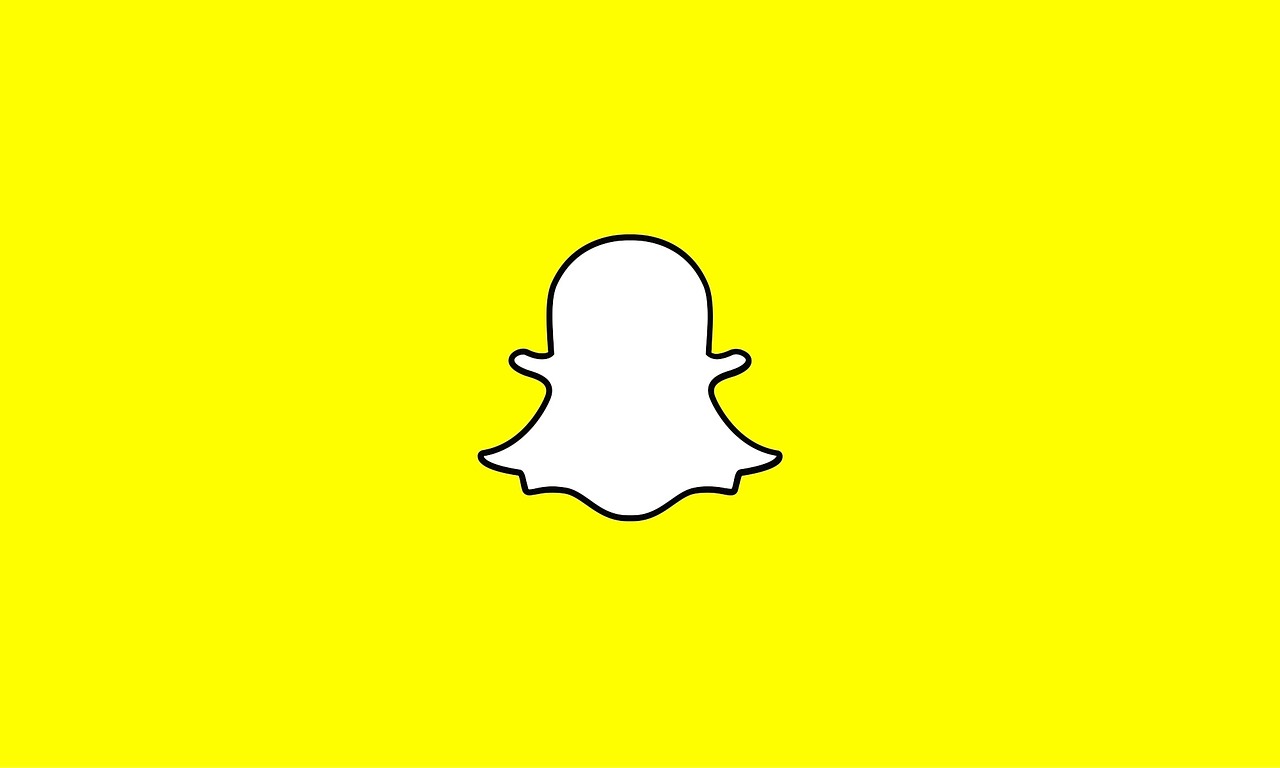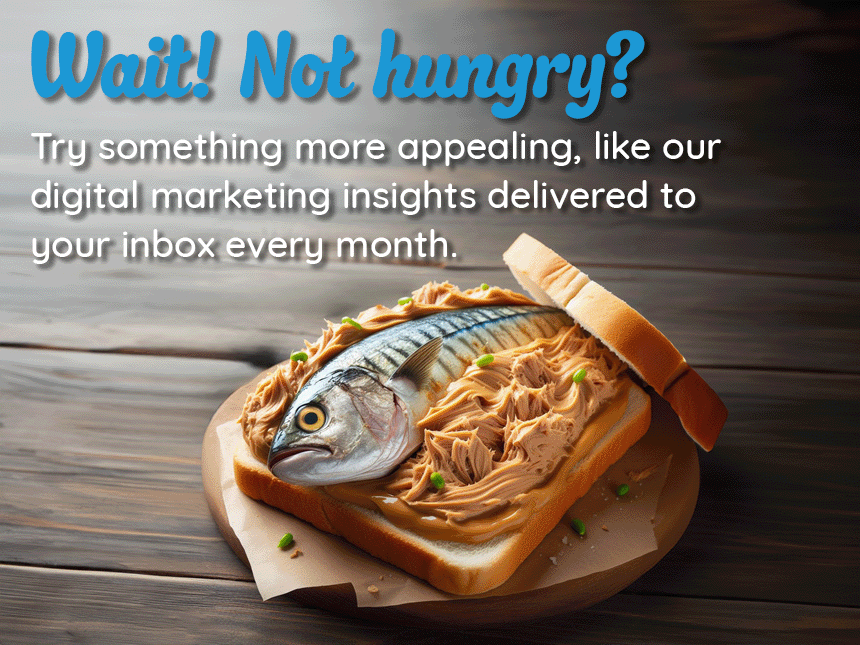3 Ways to Combat Facebook’s News Feed Restrictions

If you’re a marketer you’ve most likely heard by now of Facebook’s plan to eliminate posts from business and media pages in the personal feeds of its members. The reasoning is that Facebook is best used for social engagement between friends, family, and those you care about, rather than a bombardment of product promotions, political #fakenews, and commercial content.
For more information, read: Facebook: Bringing People Closer Together, Not Closer to Your Site
The unvarnished truth is that Facebook is focused on making (more) money. It was inevitable that marketers’ “post and hope” method of free News Feed visibility and free traffic to their websites and apps was bound to be squashed. So, to the weeping marketers I say take this as a wakeup call to explore other methods of acquiring customers and driving traffic via social efforts.
Yes, in this article I will be pointing to paid marketing alternatives, but if pilot programs are conducted properly with accurate measurement, these findings will be well worth the investment. When engaging in pilot programs to test and compare returns, make sure you’re focused on the right metrics and have defined goals. As a refresher, this should be your priority order:
- Customer Acquisition Cost – Total cost to get a paying customer.
- Cost per Conversion – Cost for the desired action, i.e. sales lead, phone call, form fill, etc.
- Cost per Click/Tap – How much each visit costs.
Honorable mention: Impressions – Brand visibility is certainly important but true views and the quality of views can be questionable and not as meaningful as these other metrics.
For a deeper explanation of how to calculate your cost of customer acquisition, read: How Much Should You Pay for a Customer?
Pro Tip: Make sure your ads and promotions include custom tracking links to attribute the source, campaign, and ad to specific results. Here’s a free tool for generating (UTM) Tracking URLs.
Keep in mind that if you launch pilot programs across varying channels, you must be able to accurately measure each metric in order to compare apples to apples. For non cost-per-click programs this gets a little harder to project and set limits during a campaign but still possible to calculate. If you measure accurately, the data will tell the story of which one(s) warrants future bigger budgets and efforts.
1. Facebook Boost Post
What Facebook isn’t saying is that paid content will still be allowed in the News Feeds, as this is how they intend to increase revenue. Eliminating the free commercial content may make the paid content more prominent.
This is the obvious place to start since you’re already engaged in the Facebook platform with the opportunity to get your branded content in front of more and new targeted Facebook users than you had previously. When you complete a post on your Facebook business page, you are prompted to “Boost Post,” which allows you to create a paid campaign leveraging this content while including external links. You only pay for when people click or tap on it, and are offered control over targeting members and interests, setting a budget, and the dates it should be visible. Use this tactic to test what type of content delivers the best results and let it guide you in producing future content that achieves your desired goals. In doing so, only boost posts that can deliver results. This is not a shotgun tactic but rather should be very surgical to make best use of your budget.
2. Influencers

The best thing to come out of this Facebook change is to shine the light on the power of influencer marketing. Using influencers to deliver a brand’s message is more powerful with greater audience reach than a company can do for itself. I especially like this tactic as a backdoor into the Facebook News Feed and across other social streams that a company would be unlikely to reach via their own social efforts. Influencers come in all sizes, from the Kardashians and King James’ to “micro” influencers. Leveraging micro influencers, such as industry thought leaders, entrepreneurs, activists, live streamers, super users, and local personalities can be an affordable and effective tactic that may uniquely resonate with your audience.
Using tracked links and detailed analytics, this tactic can be measured and compared to other channels’ pilot programs. Since influencer marketing leverages the credibility and popularity of others, impressions should be at least tracked and given a bit more weight, especially if you have long sales cycle in which a purchase on the first few visits is unlikely.
Setting up an influencer campaign does require critical upfront efforts such as researching and projecting the reach of potential influencers, negotiating fees, providing messaging direction, and thorough performance reporting. As a useful plug, our agency provides these services and you can read our Influencer Marketing page to learn more.
3. Other Social Networks
Let’s not forget that Facebook isn’t the only social game in town. Use this opportunity to evaluate other social advertising options beyond free posting. There are literally hundreds of options so don’t get hung up on popularity and size, but make sure you only leverage platforms that offer control over age, gender, and location. It’s also imperative that they provide conversion code snippets to embed in your website or app to accurately track conversions. And of course, accurate reporting of the metrics you’ve defined. Here are a few considerations that check these boxes and tend to be a bit more consumer-focused:
SnapChat

This younger skewing mobile platform offers unique advertising opportunities such as “Filters” and “Lenses,” which are great for branding. For driving traffic, sales, or a desired action outside of SnapChat, I’d focus on “Snap Ads.” These are full frame advertisements and generally take the form of video, motions graphics, or even still images and allow a visit to your website or app with a quick swipe. SnapChat also touts a format to drive app installs, which is a nice alternative if you’ve already maximized the opportunities on the app stores.
This maturing social platform with its visual pinboards is an excellent vehicle for marketing consumer products. I highly recommend you test their “Promoted Pins” advertising solution. Much like boosting a post on Facebook, here you promote something you’ve already pinned to reach a wider yet targeted audience that has shown interest in what you’re offering. Additionally, users save them to boards to revisit later on, which in turn their Pinterest followers will also see in their feeds, extending your reach even further.
This now 280 character-based platform offers a variety of paid advertising opportunities, ranging from building your following and creating awareness to driving clicks and conversions. I’ll focus on the latter and recommend caution with this platform by starting with the ugly. I have seen and heard not great results for driving mobile app installs via this platform, so I would first exhaust the app stores and other platforms for this goal.
So now for some cautious good: Like the other platforms, you can easily promote a tweet or create an ad to appear in search results and in the streams of those who don’t follow you, clearly marked as Promoted. For heavy Twitter users, we spot these instantly as something we didn’t ask for so it’s easy to annoy us. Make sure your tweet is relevant and will be of interest to those you are pushing it on. Also, include an engaging image or video with an easy-to-use tracked link. Don’t make our fat thumbs struggle harder. My final words of wisdom are to watch your bottom-line metric closely.
I suppose I can’t leave out Facebook’s kid sister. When doing a Facebook Boost Post as described above, you have the option to also run it on Instagram. The reporting data is separated so you can evaluate if this younger platform returns better results. On some of the programs we’ve run, we have seen better conversion costs than on Facebook.
Conclusion
I hope this provides some inspiration and support that we, as marketers, are not slaves to Facebook and their former free handouts. Take this opportunity to explore these other channels and maximize the returns that are most important to your company. As a digital-only marketing agency, we can help you with an efficient pilot program that bundles the offerings detailed above. Simply request help here. For more digital marketing advice, follow @arcintermedia and @davidsonn on Twitter.



